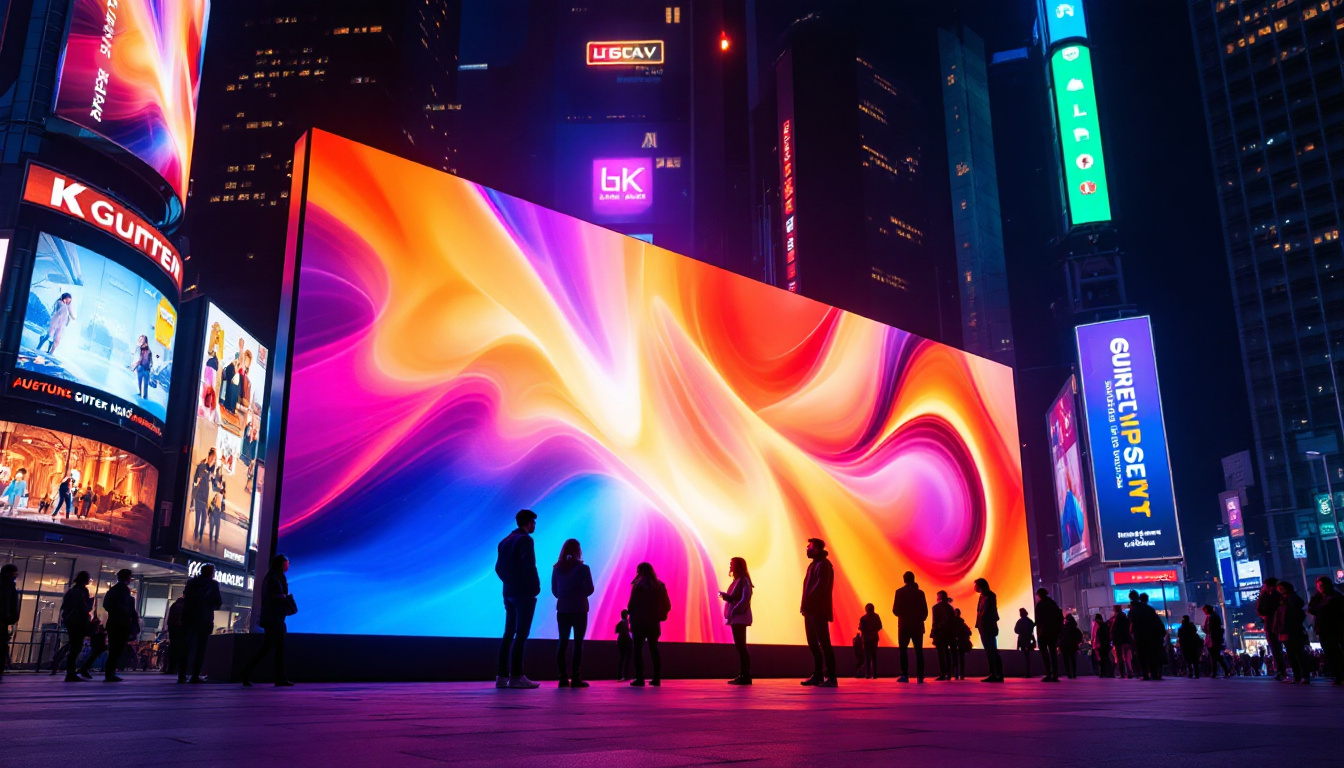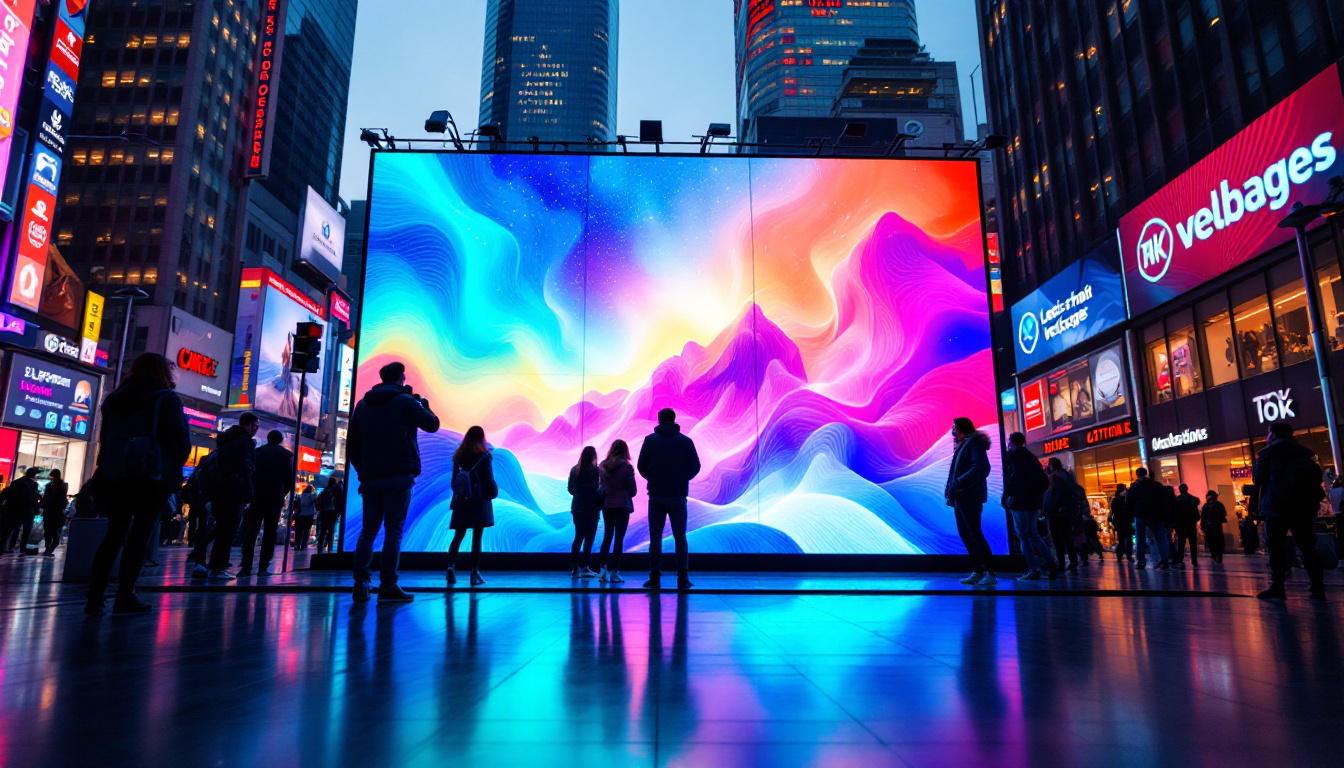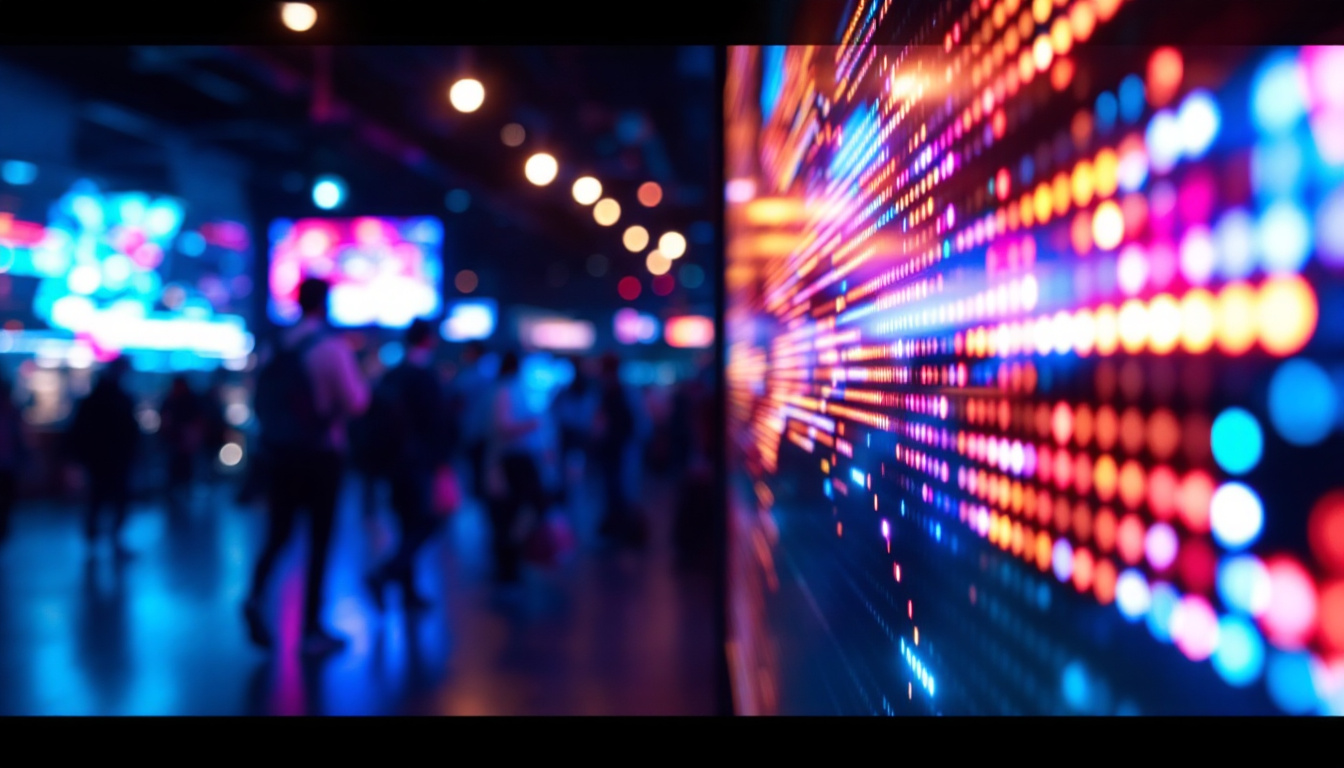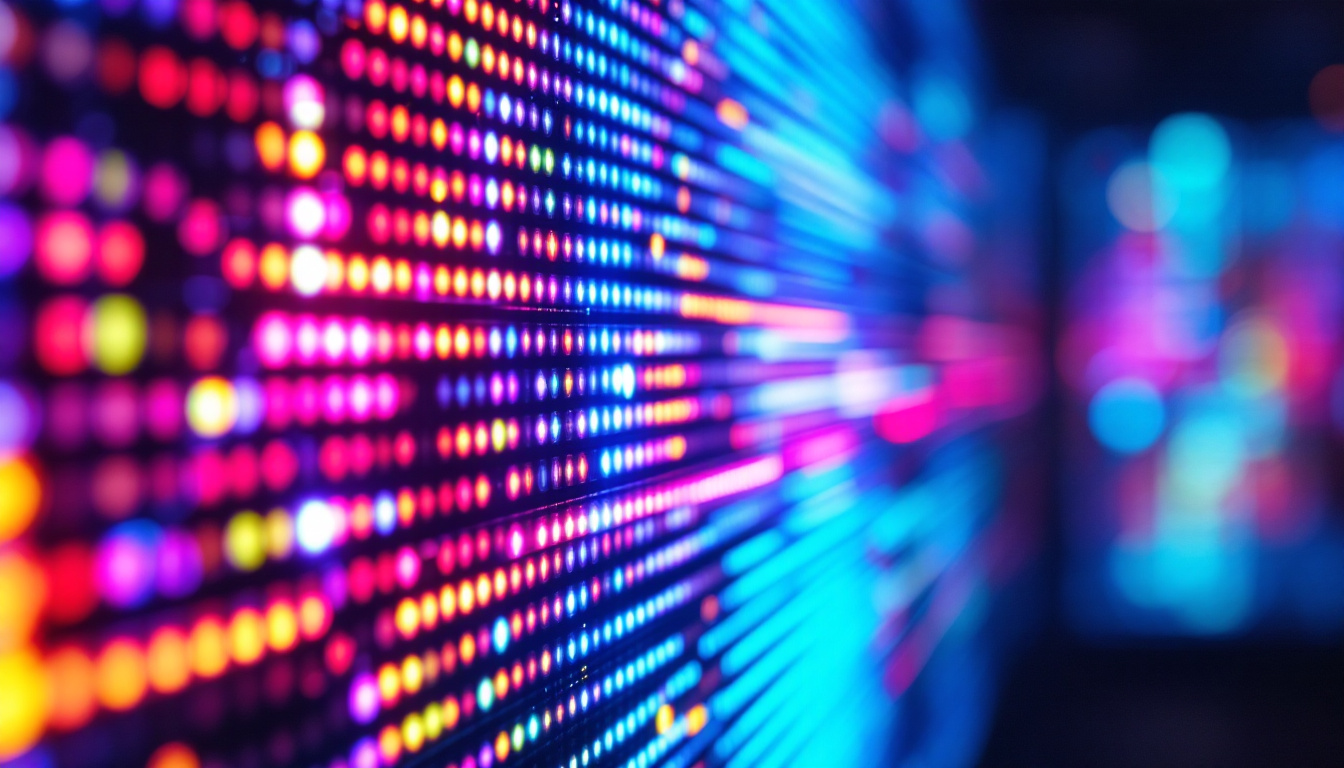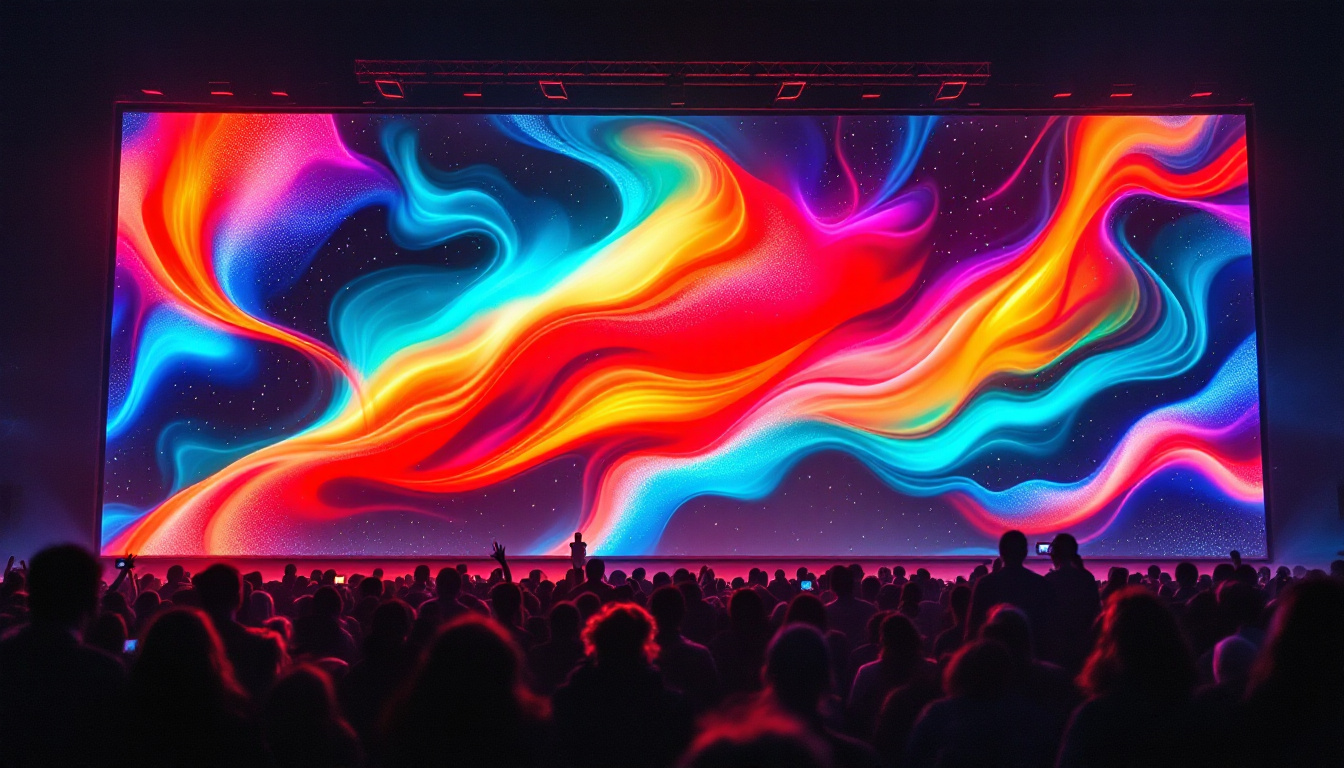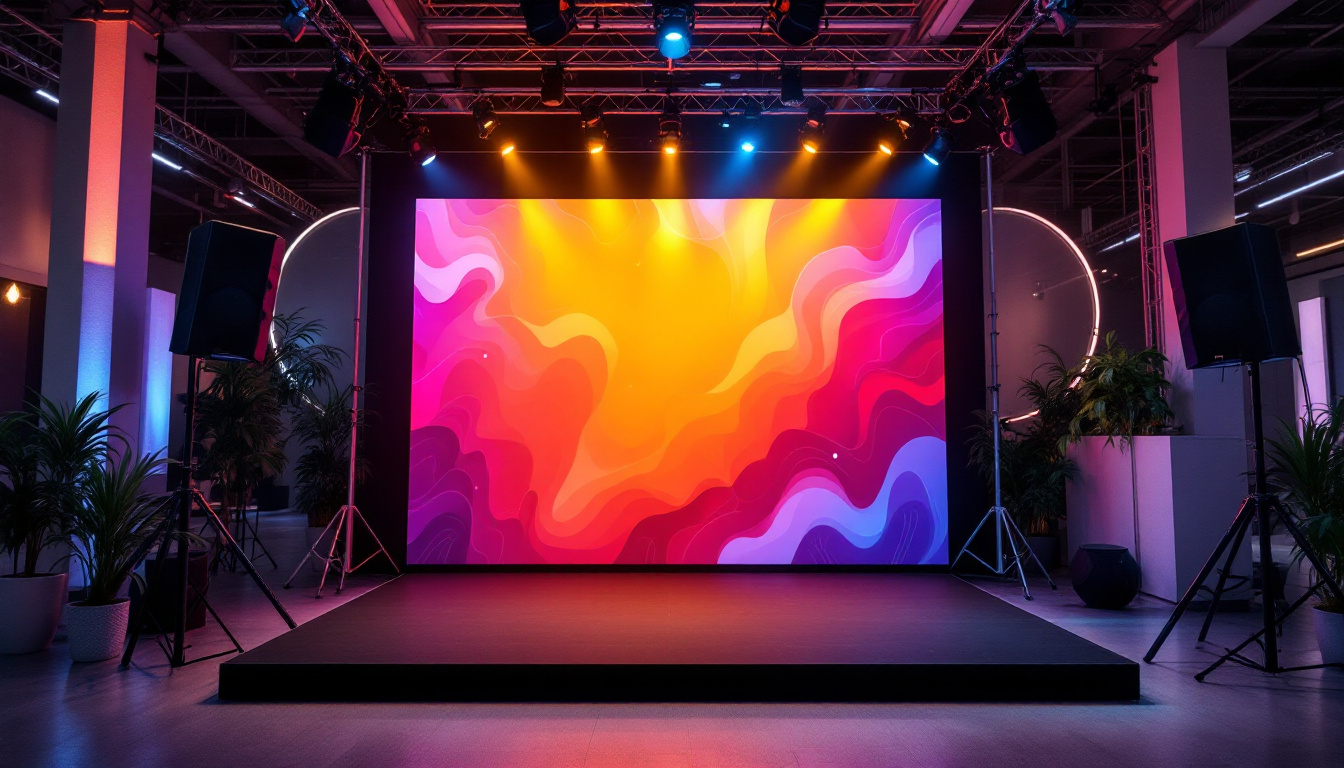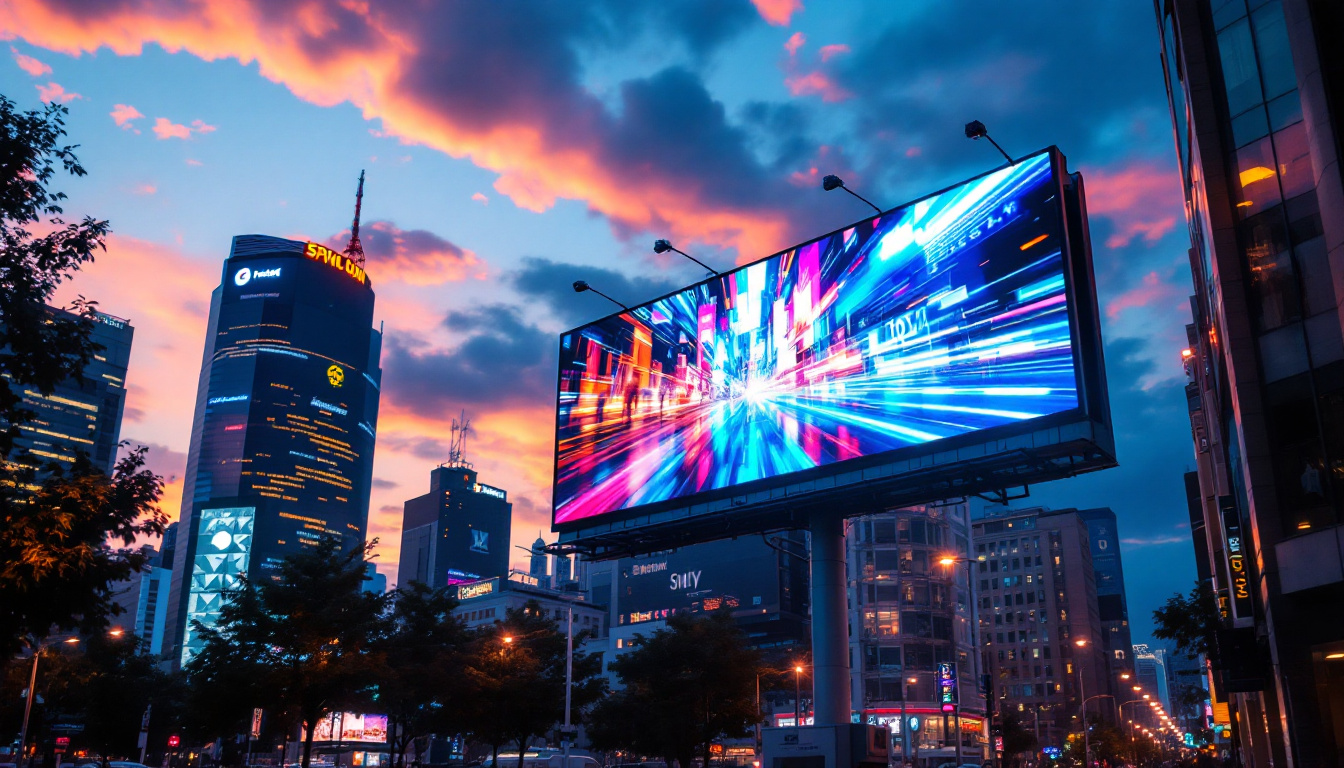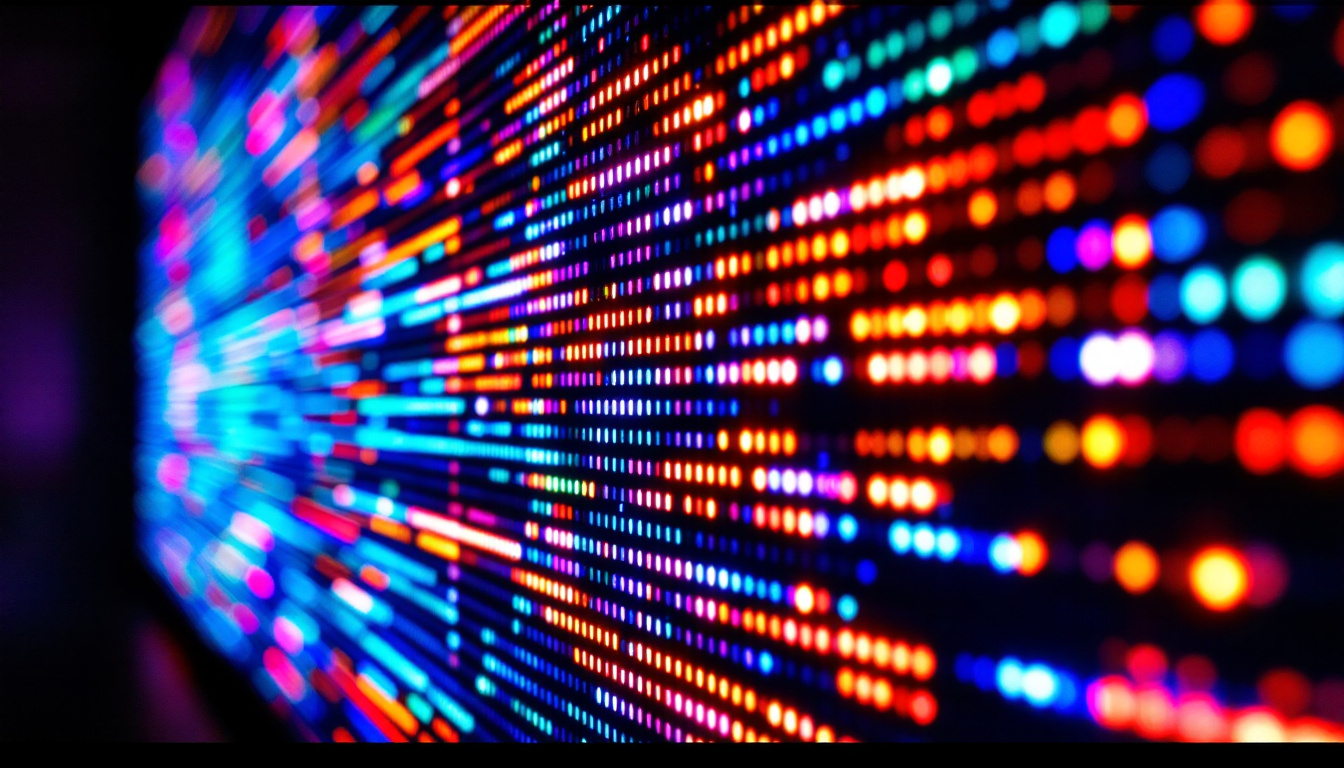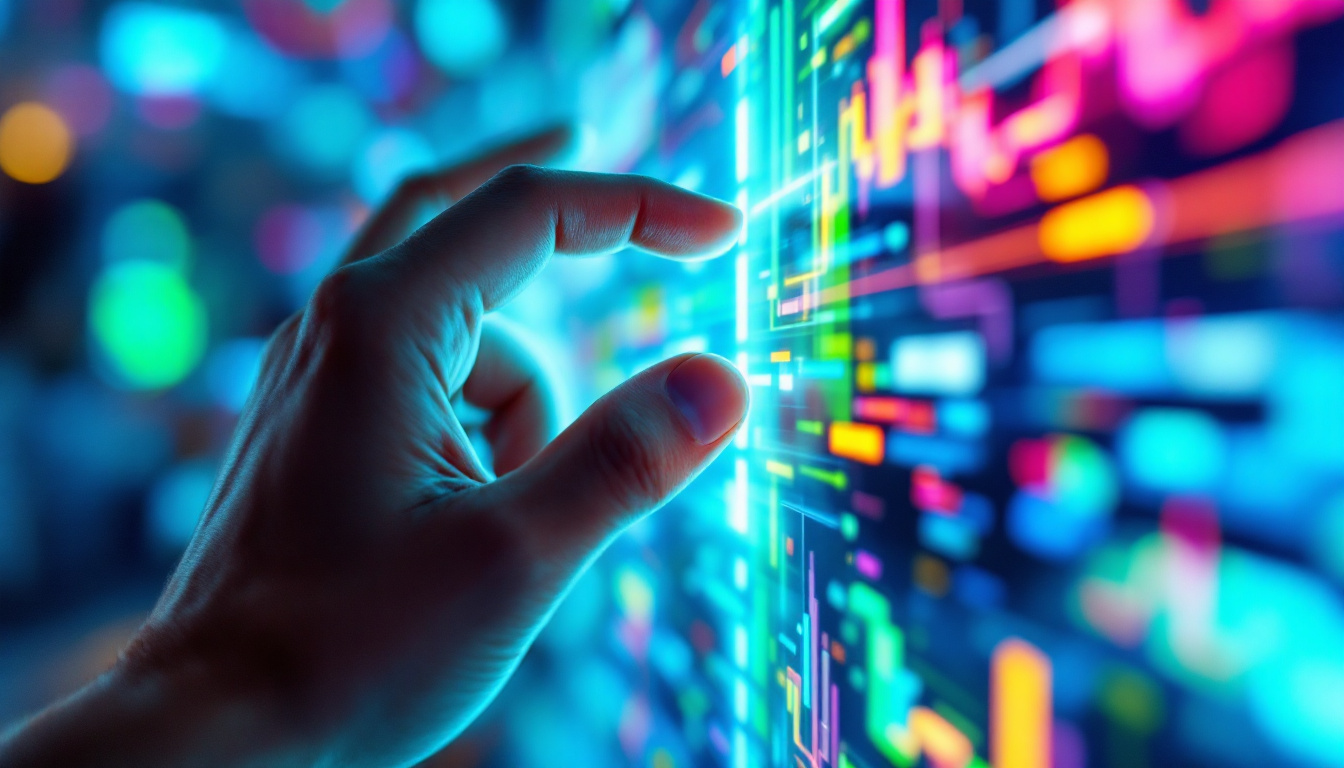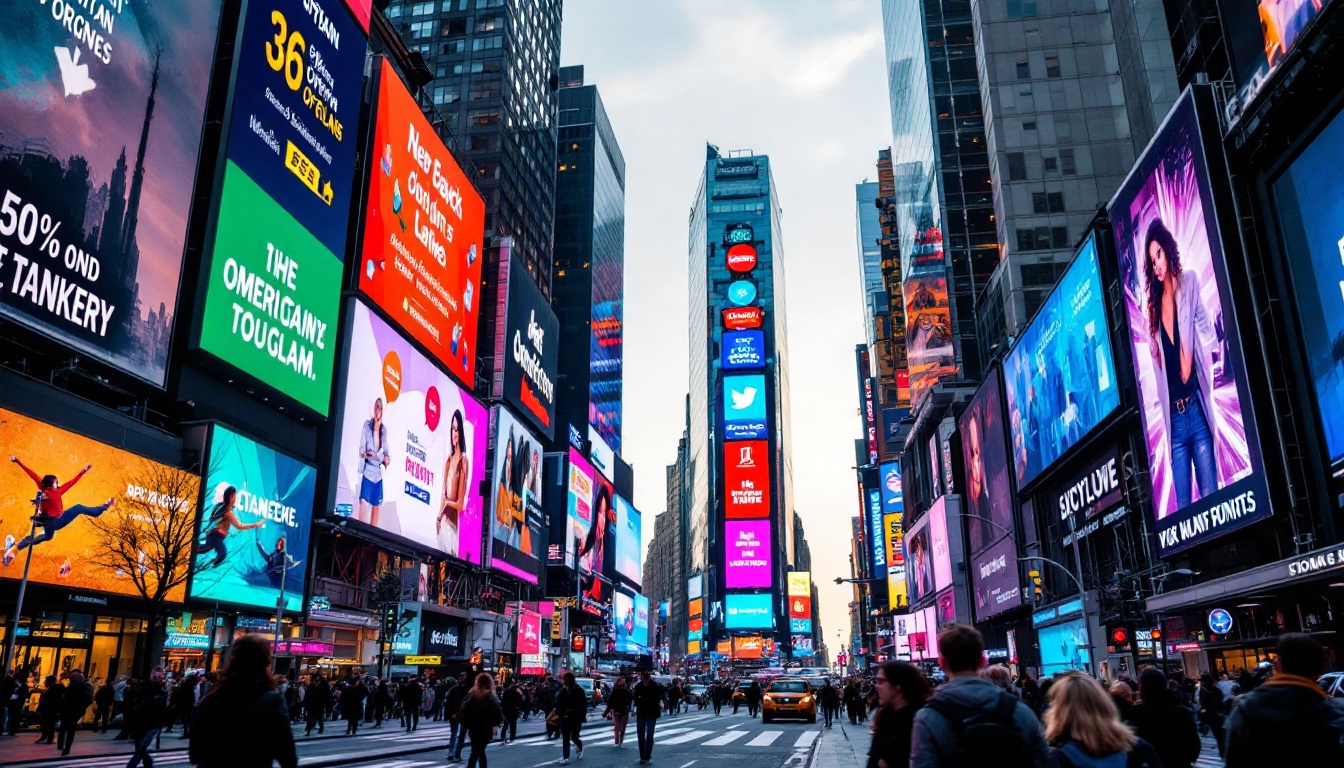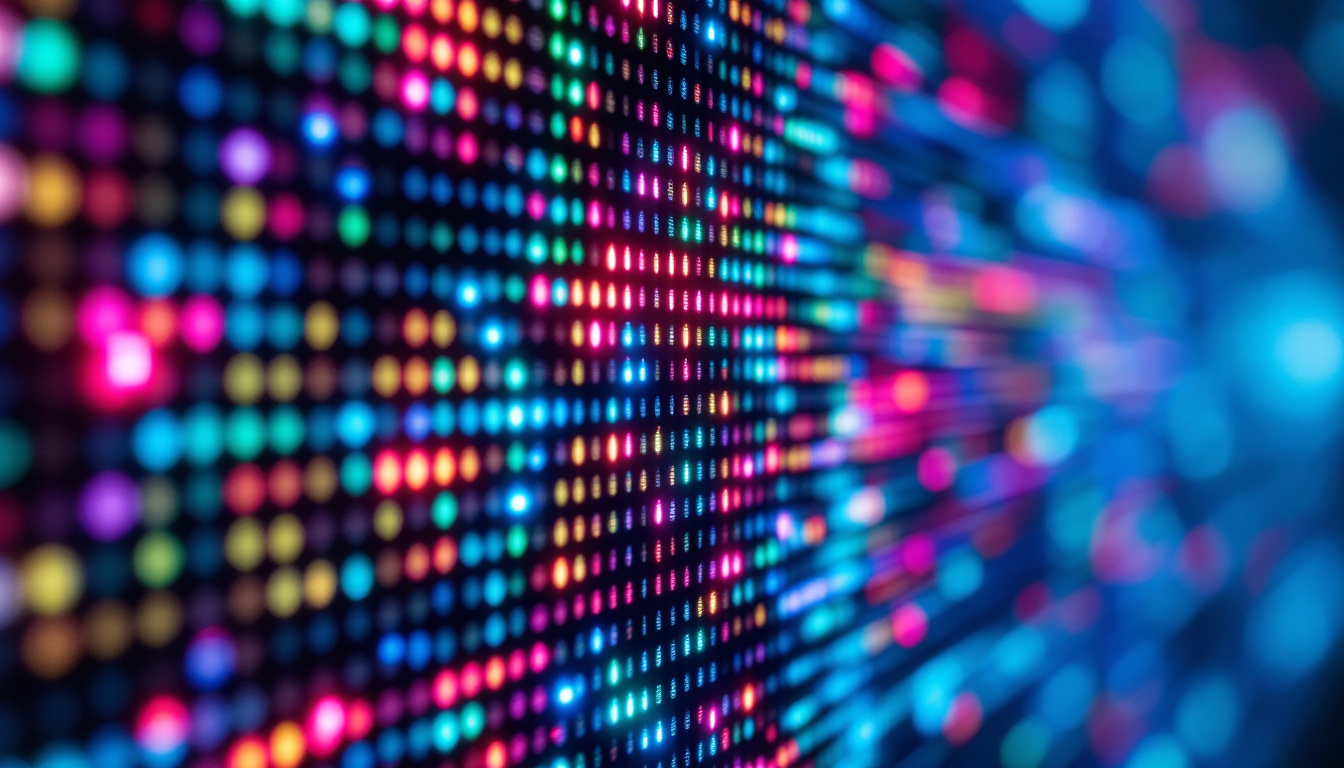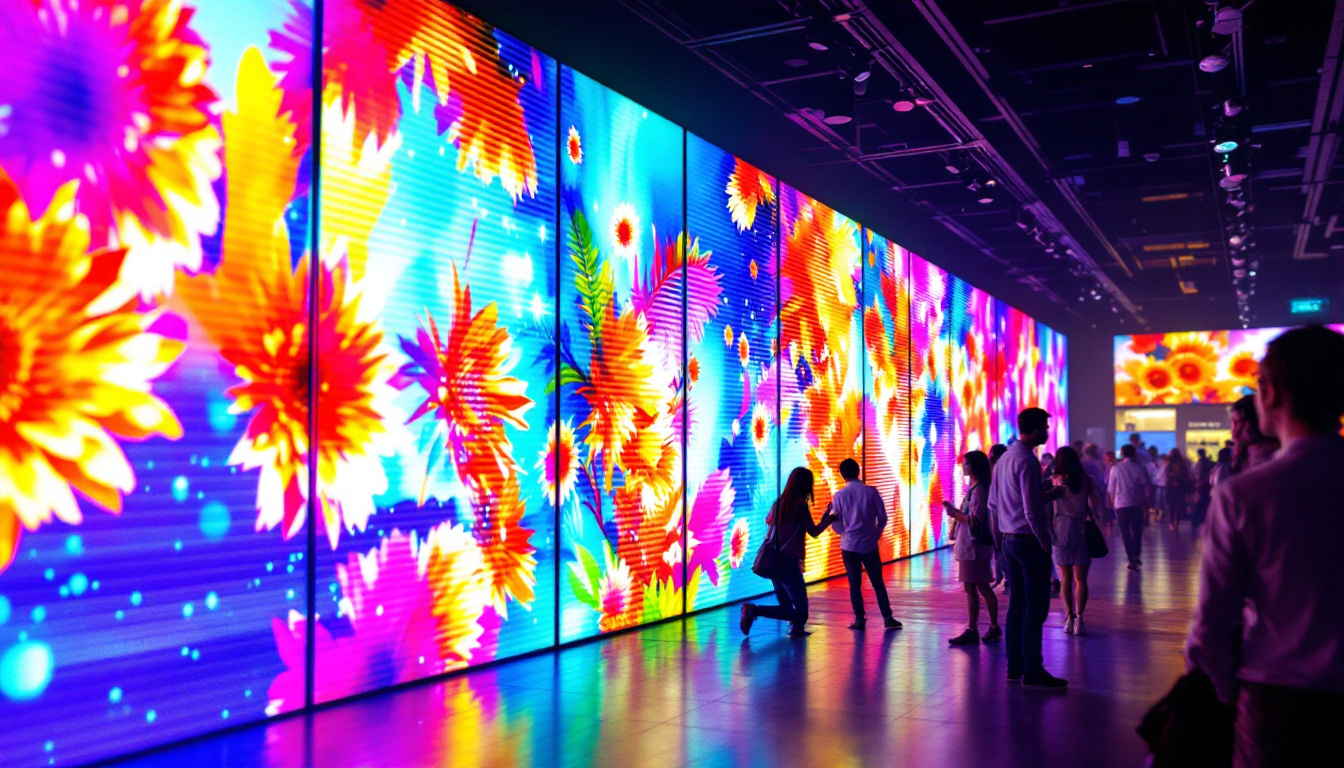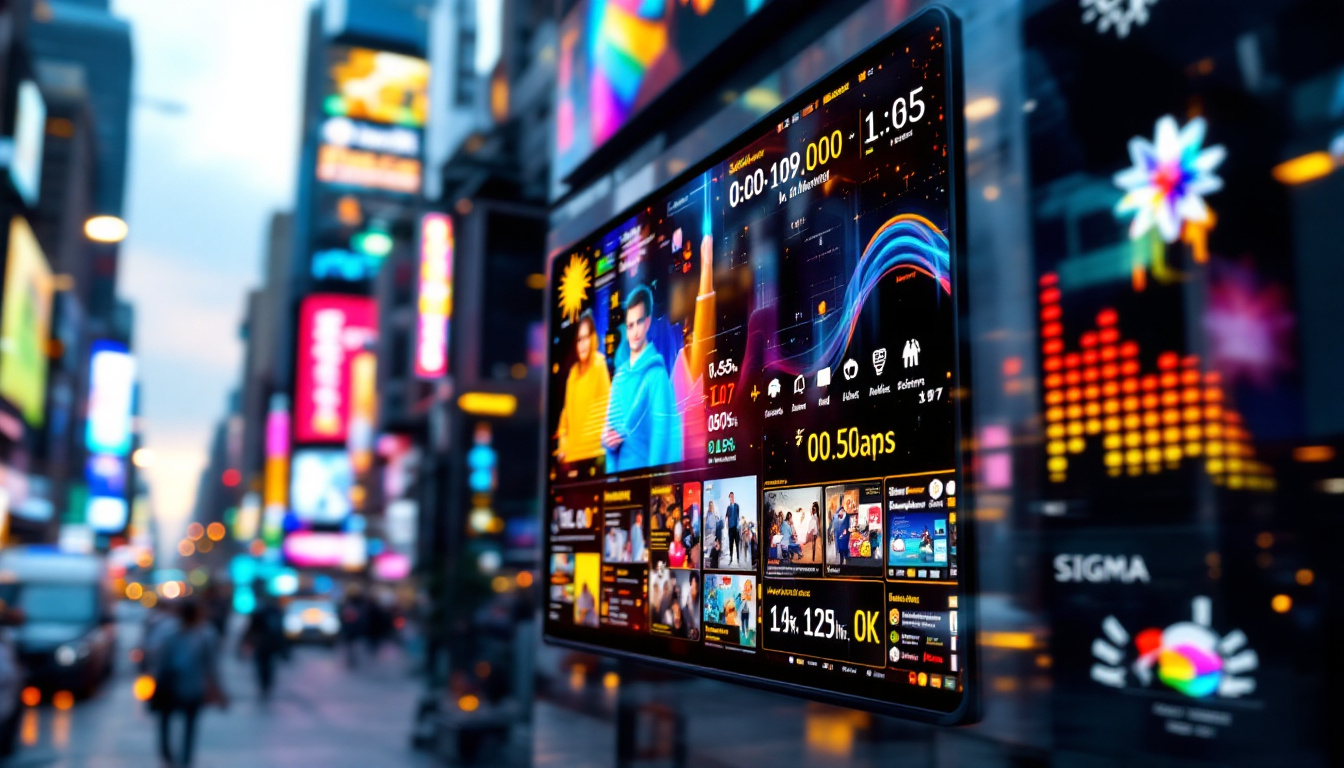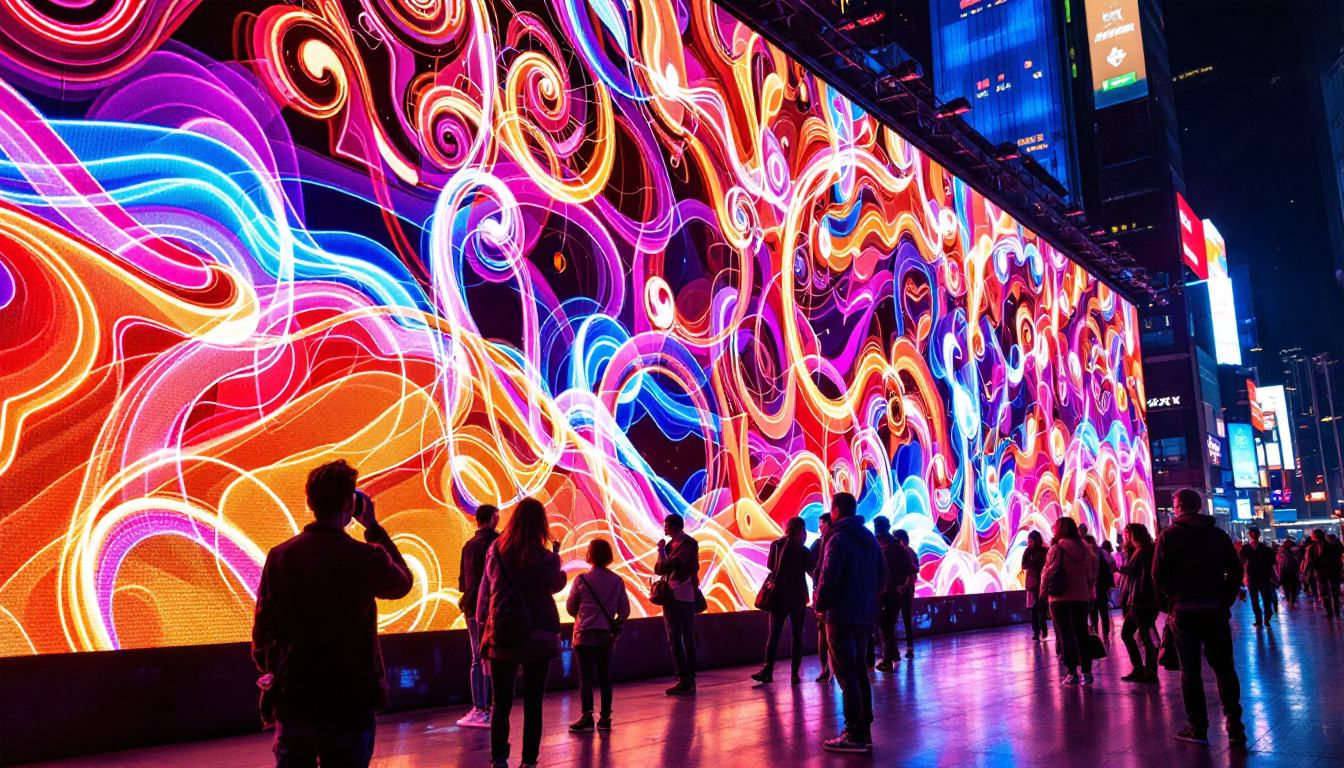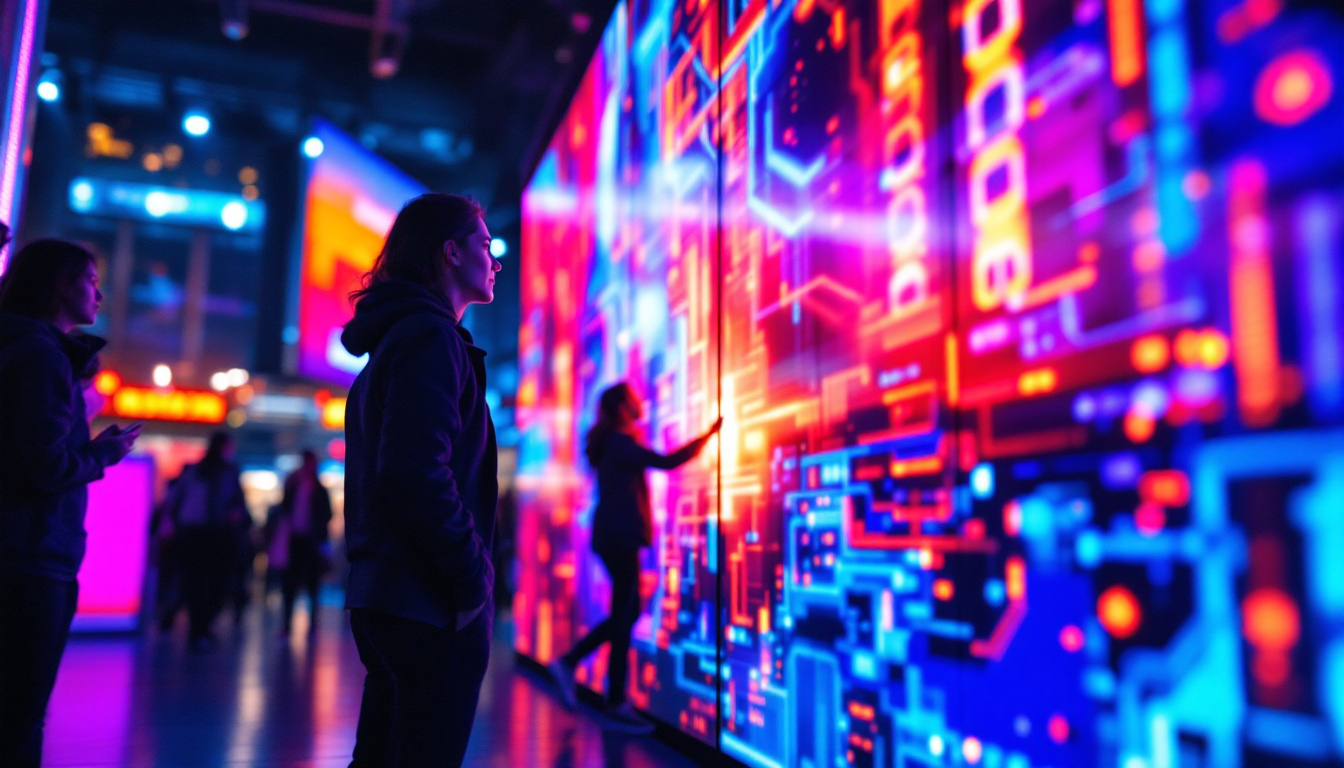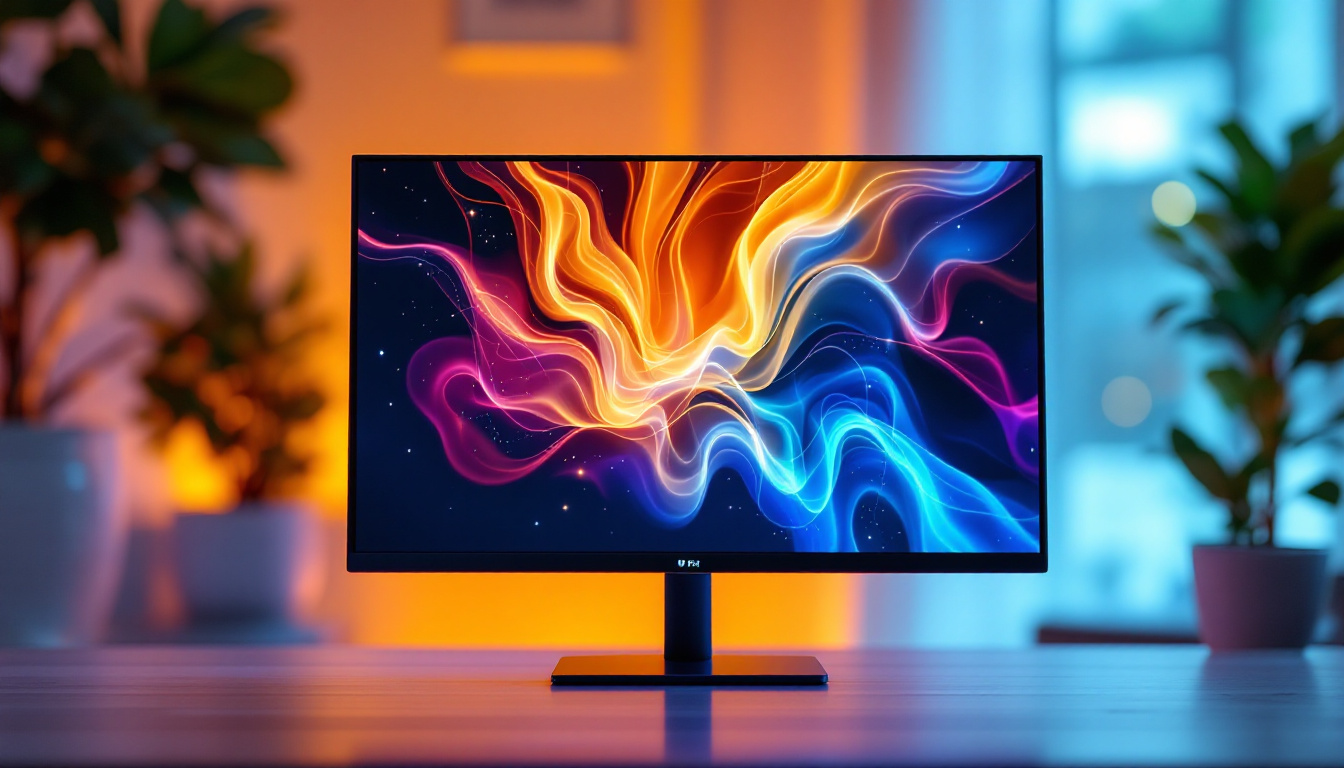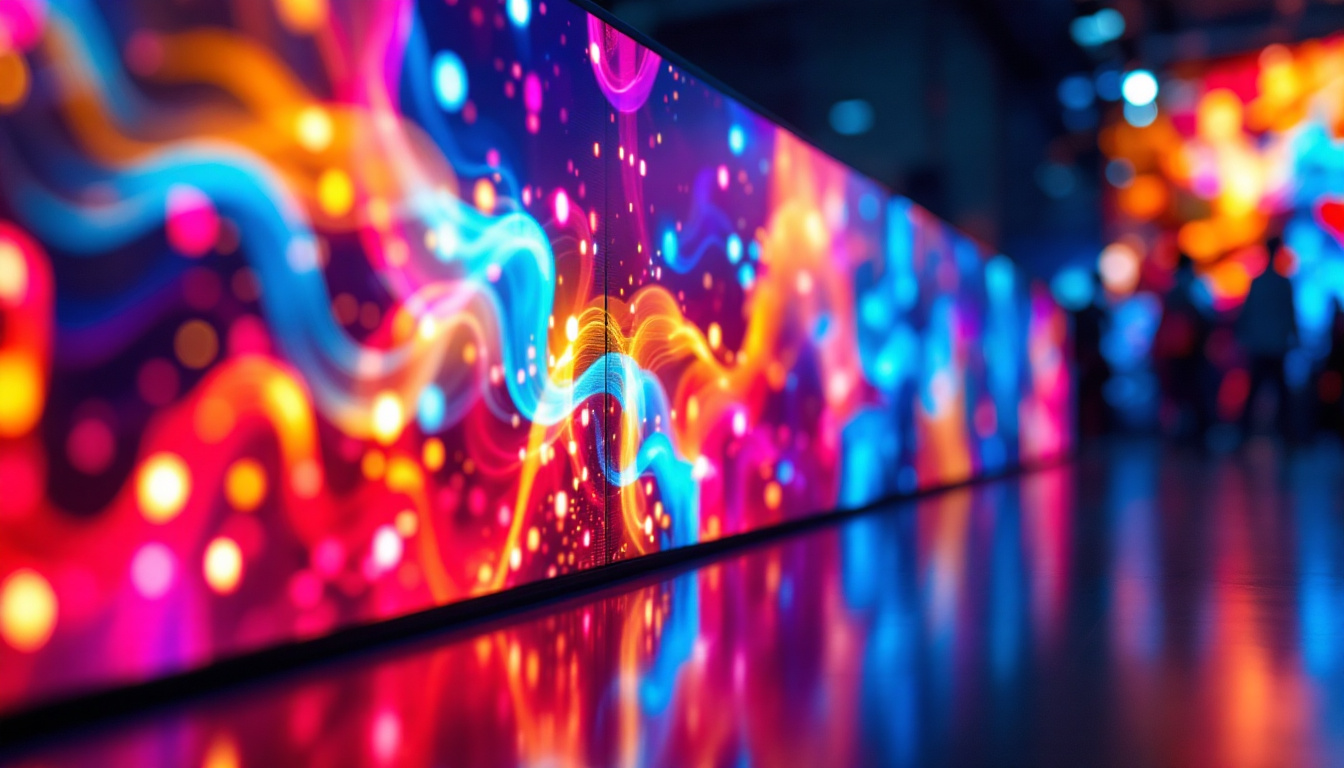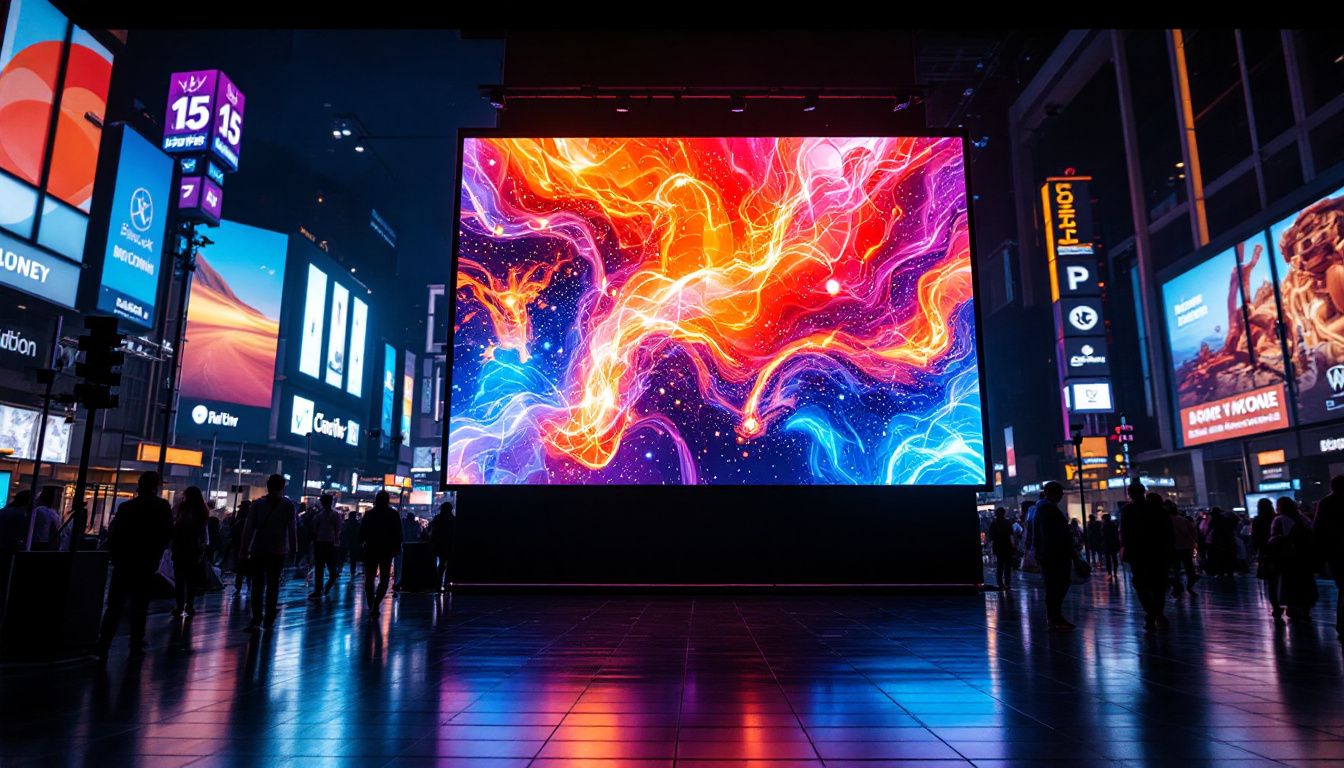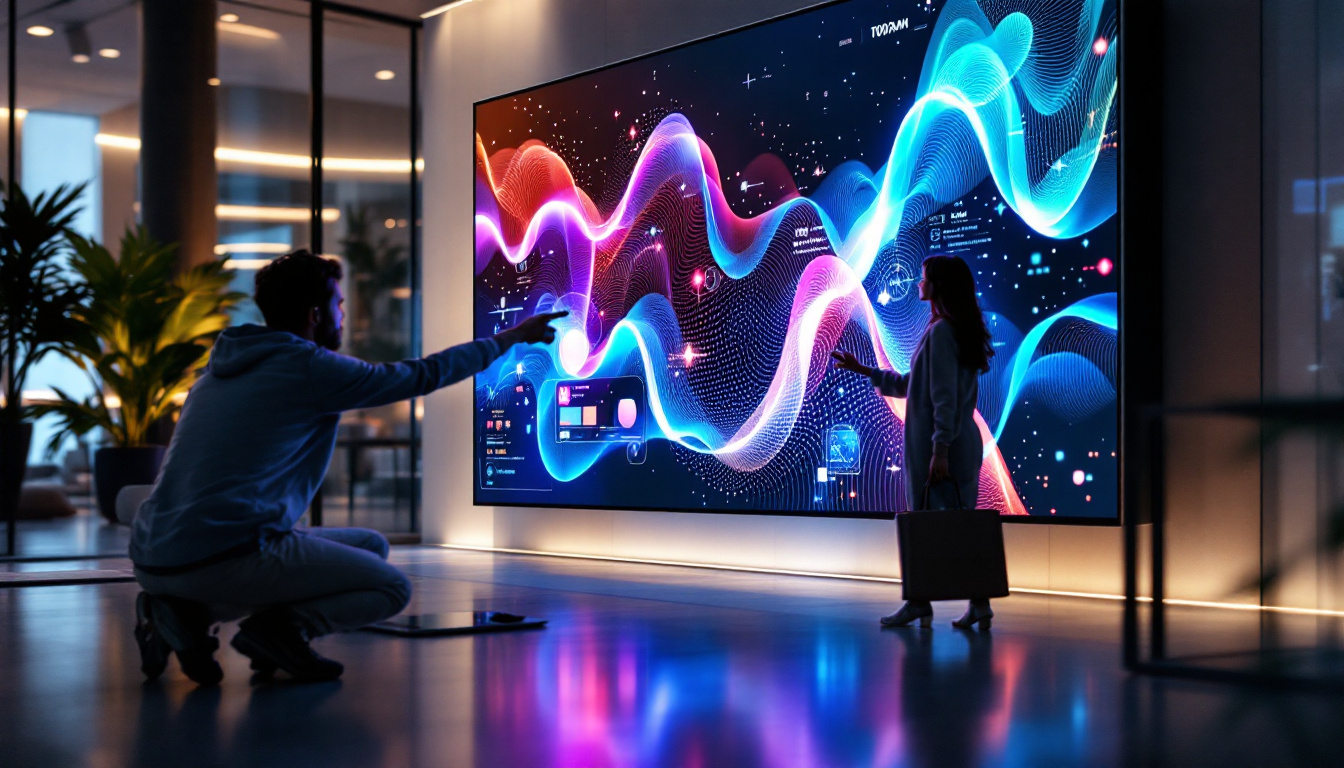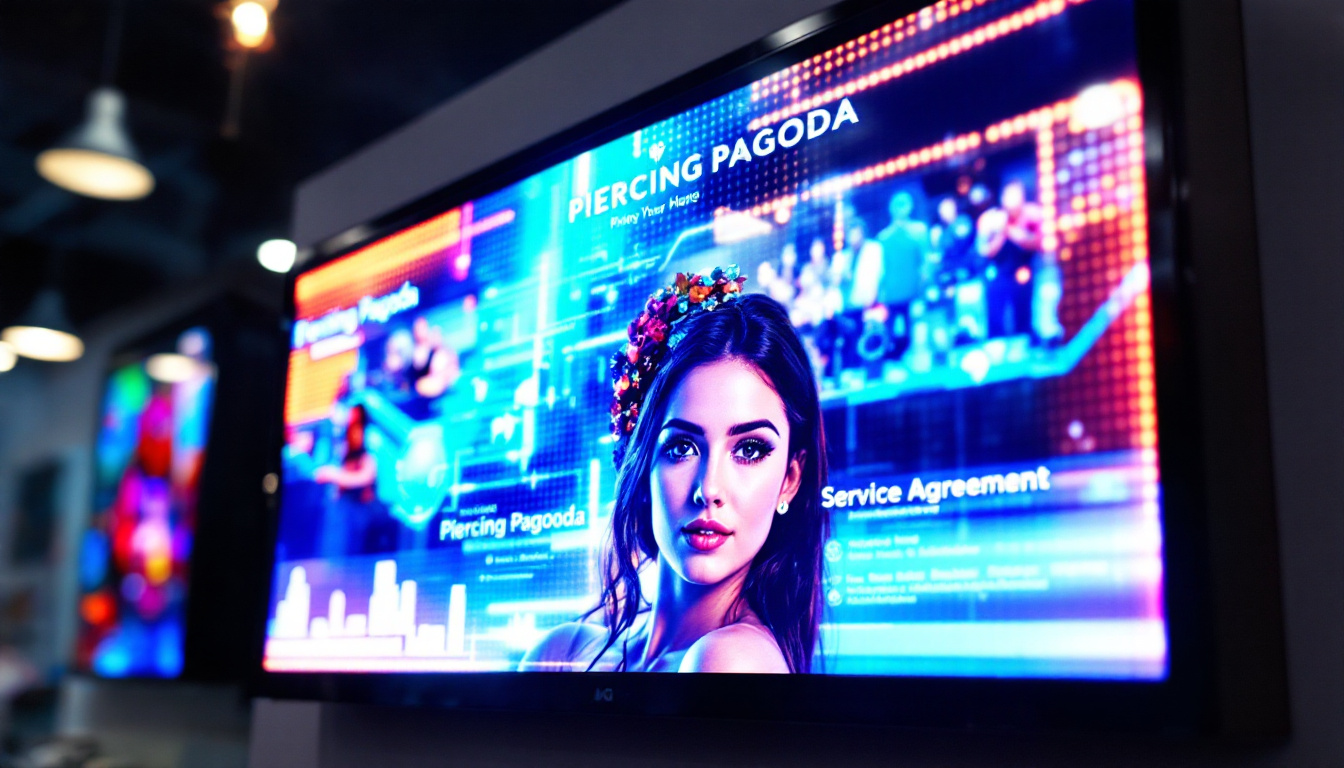In recent years, LED displays have transformed the landscape of visual technology, becoming a staple in various applications ranging from advertising to entertainment. Their versatility, efficiency, and vibrant color reproduction have made them a preferred choice for businesses and consumers alike. This article delves into the intricacies of LED displays, exploring their types, advantages, applications, and future trends.
Understanding LED Technology
LED, or Light Emitting Diode, is a semiconductor device that emits light when an electric current passes through it. Unlike traditional incandescent bulbs, LEDs are energy-efficient and have a longer lifespan, making them an attractive option for various lighting and display applications. The efficiency of LEDs can lead to significant energy savings, which is particularly beneficial in both residential and commercial settings. As the world increasingly focuses on sustainability, the shift towards LED technology represents a crucial step in reducing carbon footprints and promoting eco-friendly practices.
The Basics of LED Functionality
At its core, an LED display consists of numerous tiny light-emitting diodes arranged in a grid. When powered, these diodes emit light in specific colors, which can be combined to create a full spectrum of colors. The intensity and color of the light can be controlled by adjusting the current flowing through each diode, allowing for dynamic and vibrant images. This capability not only enhances visual experiences but also enables applications in various fields, from advertising to art installations. The precision with which LEDs can be controlled also opens doors for innovative uses, such as in smart lighting systems that adapt to user preferences or environmental conditions.
LED displays can be categorized into two main types: passive and active matrix displays. Passive matrix displays use a simpler grid structure, where rows and columns are activated sequentially. In contrast, active matrix displays utilize a more complex arrangement, where each pixel is individually controlled, resulting in better image quality and faster refresh rates. This distinction is crucial for applications that require high-definition visuals, such as gaming and professional video production, where every detail matters. The advancements in active matrix technology have led to the development of displays that can handle rapid motion without blurring, making them ideal for high-speed video content.
Types of LED Displays
LED displays come in various forms, each designed for specific applications. The most common types include:
- Direct View LED Displays: These displays are made up of individual LED modules that can be assembled into larger screens. They are commonly used for outdoor advertising and large-scale events, where visibility from a distance is paramount. The brightness and durability of direct view LEDs make them suitable for various weather conditions, ensuring that advertisements remain vibrant and eye-catching regardless of the environment.
- LED Backlit Displays: These utilize LEDs to illuminate an LCD panel from behind, enhancing color contrast and brightness. They are widely used in televisions and computer monitors. The backlighting technology has evolved, with options like edge-lit and full-array backlighting providing different levels of brightness and color accuracy, catering to the diverse needs of consumers and professionals alike.
- OLED Displays: Organic LEDs are a newer technology where each pixel emits its own light, allowing for deeper blacks and more vibrant colors. They are often found in high-end televisions and smartphones. The flexibility of OLED technology also enables the creation of curved and even foldable displays, pushing the boundaries of design and functionality in consumer electronics.
Advantages of LED Displays
The rise of LED displays can be attributed to their numerous advantages over traditional display technologies. Understanding these benefits is crucial for businesses and consumers looking to invest in display solutions.
Energy Efficiency
One of the most significant advantages of LED displays is their energy efficiency. LEDs consume significantly less power compared to traditional incandescent or fluorescent lights. This not only leads to lower electricity bills but also contributes to a reduced carbon footprint, making LED technology an environmentally friendly choice. Furthermore, many LED displays utilize advanced technology such as dimming capabilities and smart sensors, which can adjust brightness based on ambient light conditions, thereby optimizing energy consumption even further. This adaptability not only enhances energy savings but also prolongs the lifespan of the display.
Longevity and Durability
LED displays are known for their impressive lifespan, often lasting up to 100,000 hours or more. This durability means less frequent replacements and lower maintenance costs. Additionally, LEDs are more resistant to shock and vibrations, making them suitable for various environments, including outdoor settings. Their robust construction often includes weatherproof features, allowing them to withstand harsh weather conditions, such as heavy rain or extreme temperatures. This resilience makes LED displays a wise investment for businesses that require reliable performance in diverse settings, from bustling city streets to remote outdoor events.
High-Quality Visuals
LED displays offer superior image quality, with bright colors and high contrast ratios. This makes them ideal for applications where visual impact is crucial, such as advertising, concerts, and sporting events. The ability to display dynamic content, including videos and animations, further enhances their appeal. Additionally, many LED displays support high-definition resolutions, ensuring that even the smallest details are crisp and clear. The technology behind LED displays also allows for wider viewing angles, meaning that audiences can enjoy vibrant visuals from various positions, making them perfect for large gatherings or public displays. This capability not only captivates viewers but also maximizes engagement, making LED displays a powerful tool for marketing and communication strategies.
Applications of LED Displays
The versatility of LED displays has led to their adoption across various industries. From commercial use to personal applications, the possibilities are vast.
Advertising and Marketing
One of the most prominent applications of LED displays is in advertising. Billboards and digital signage utilize LED technology to capture the attention of passersby with vibrant visuals and dynamic content. The ability to change advertisements in real-time allows businesses to target specific audiences and promote time-sensitive offers effectively.
Entertainment and Events
In the entertainment industry, LED displays have become essential for concerts, festivals, and theatrical productions. Large-scale LED screens provide stunning visuals that enhance the audience’s experience. Additionally, LED technology is widely used in sports arenas for scoreboards and instant replays, ensuring fans do not miss any action.
Transportation and Safety
LED displays play a crucial role in transportation systems, providing real-time information to commuters. They are commonly used in airports for flight information displays, in train stations for schedules, and on buses for route information. Furthermore, LED lights are increasingly used in traffic signals and road signs, improving safety on the roads.
Future Trends in LED Display Technology
The LED display industry is continually evolving, with new advancements and trends shaping its future. Staying informed about these developments can help consumers and businesses make informed decisions.
Mini and Micro LED Technology
Mini and Micro LED technologies are emerging as the next frontier in display innovation. These technologies utilize smaller LEDs, allowing for higher pixel densities and improved image quality. As a result, displays can be made thinner and lighter, paving the way for new applications in consumer electronics, such as foldable displays and wearables.
Integration with Smart Technology
As smart technology continues to gain traction, LED displays are increasingly being integrated with IoT (Internet of Things) devices. This integration allows for enhanced interactivity, enabling users to control displays remotely and customize content based on real-time data. For instance, smart signage can adjust its content based on weather conditions or audience demographics.
Sustainability Initiatives
With growing awareness of environmental issues, the LED display industry is focusing on sustainability. Manufacturers are exploring eco-friendly materials and production processes to reduce waste and energy consumption. Additionally, recycling programs for old LED displays are becoming more common, further promoting sustainability within the industry.
Conclusion
LED displays have revolutionized the way visual content is presented, offering numerous advantages over traditional technologies. Their energy efficiency, longevity, and superior image quality make them a compelling choice for a wide range of applications. As technology continues to evolve, the future of LED displays looks promising, with innovations that will further enhance their capabilities and sustainability.
Whether for advertising, entertainment, or everyday use, understanding LED displays and their potential can empower businesses and consumers to make informed choices that align with their needs and values. As the industry continues to grow, staying updated on trends and advancements will be essential for leveraging the full potential of LED technology.
FAQs about LED Displays
What is the difference between OLED and LED displays?
OLED displays use organic compounds to emit light, allowing each pixel to produce its own light. This results in deeper blacks and better contrast compared to traditional LED displays, which rely on a backlight. OLED displays are generally thinner and more flexible, but they can be more expensive and have a shorter lifespan than LED displays.
How do I choose the right LED display for my needs?
When selecting an LED display, consider factors such as the intended application, size, resolution, and budget. For outdoor advertising, a high-brightness display with weatherproofing is essential. For indoor use, resolution and color accuracy may take precedence. Additionally, assess the display’s connectivity options and compatibility with existing systems.
Are LED displays suitable for all environments?
While LED displays are versatile, not all models are suitable for every environment. Outdoor displays need to be weatherproof and have high brightness levels to combat sunlight. Conversely, indoor displays may prioritize resolution and color accuracy. Always consult with manufacturers or experts to determine the best display for specific conditions.
Discover the Future of Visual Communication with LumenMatrix
As you consider the vast potential and applications of LED displays, LumenMatrix stands at the forefront of this technological revolution. With our commitment to innovation and excellence, we offer a comprehensive range of LED display solutions tailored to meet your needs. From Indoor and Outdoor LED Wall Displays to specialized options like Vehicle LED Displays, LED Sports Displays, and even Custom LED solutions, our products are designed to elevate your brand’s visibility and captivate your audience. Experience the transformative power of LED technology and take the first step towards revolutionizing your visual communication. Check out LumenMatrix LED Display Solutions today and see your message come to life with unparalleled clarity and impact.

